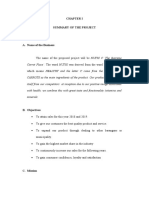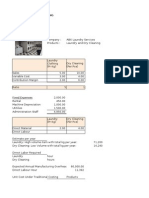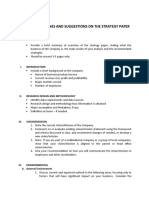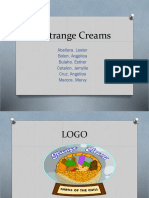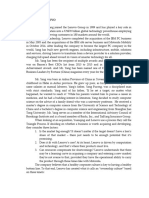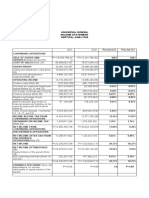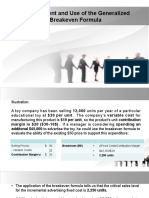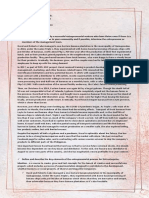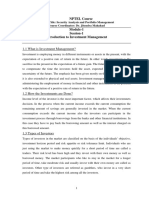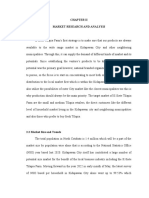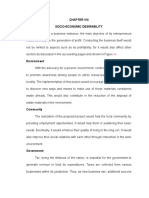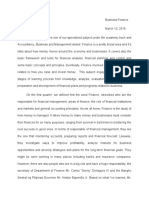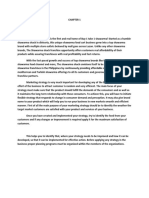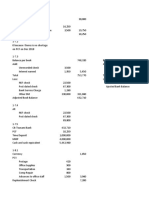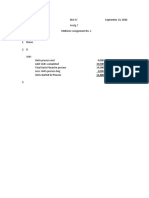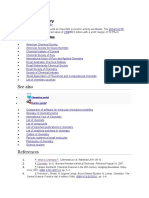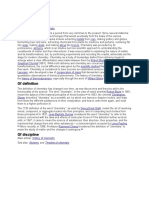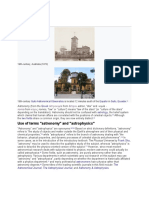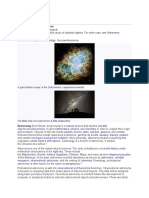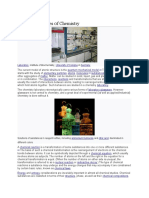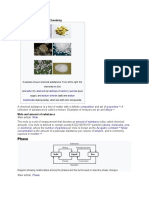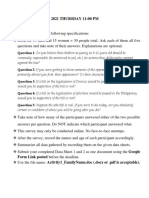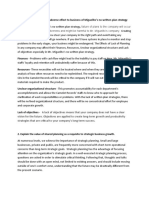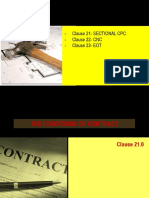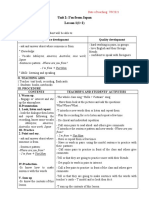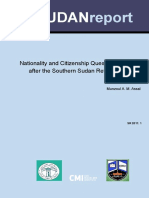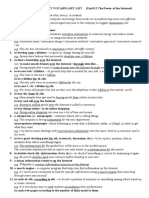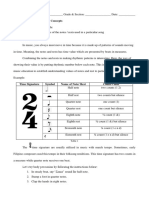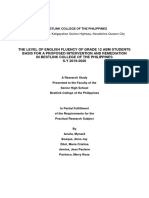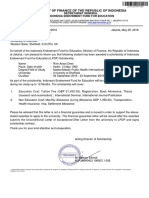0% found this document useful (0 votes)
503 views17 pagesChapter 7
The document discusses strategic assets and intellectual property assets. It notes that intellectual property assets come from ingenuity, creativity or discovery and include trademarks, software, literary works, and trade secrets. It also discusses how market assets can create market dominance through limiting access and engaging in price skimming. Finally, it discusses the importance of competencies to organizations and defines competency mapping as identifying the specific skills, knowledge and behaviors required for a job position.
Uploaded by
John Kenneth Escober BentirCopyright
© © All Rights Reserved
We take content rights seriously. If you suspect this is your content, claim it here.
Available Formats
Download as DOCX, PDF, TXT or read online on Scribd
0% found this document useful (0 votes)
503 views17 pagesChapter 7
The document discusses strategic assets and intellectual property assets. It notes that intellectual property assets come from ingenuity, creativity or discovery and include trademarks, software, literary works, and trade secrets. It also discusses how market assets can create market dominance through limiting access and engaging in price skimming. Finally, it discusses the importance of competencies to organizations and defines competency mapping as identifying the specific skills, knowledge and behaviors required for a job position.
Uploaded by
John Kenneth Escober BentirCopyright
© © All Rights Reserved
We take content rights seriously. If you suspect this is your content, claim it here.
Available Formats
Download as DOCX, PDF, TXT or read online on Scribd
/ 17

